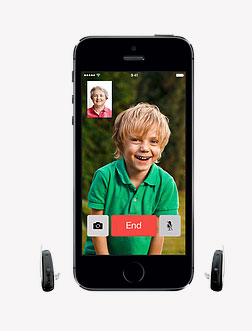Hearing Aid
Styles

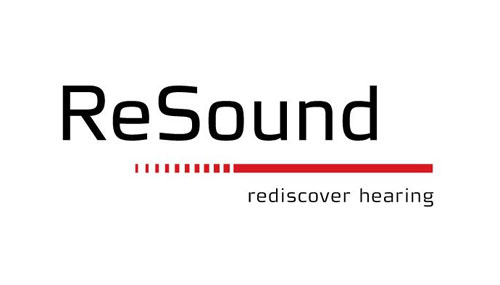
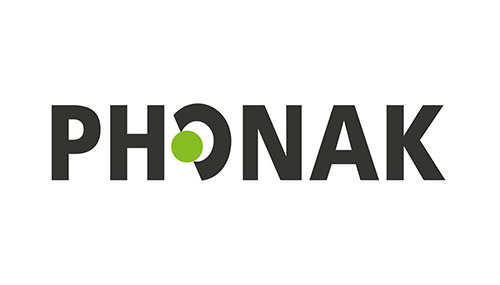
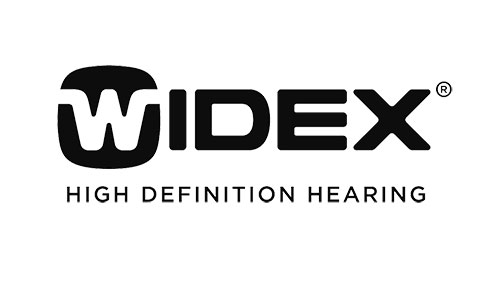
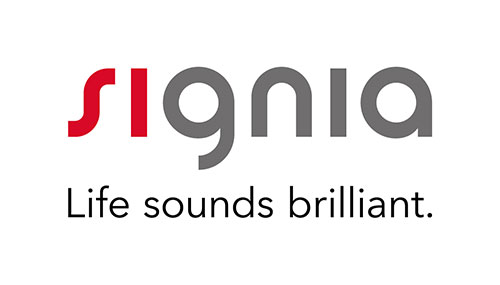





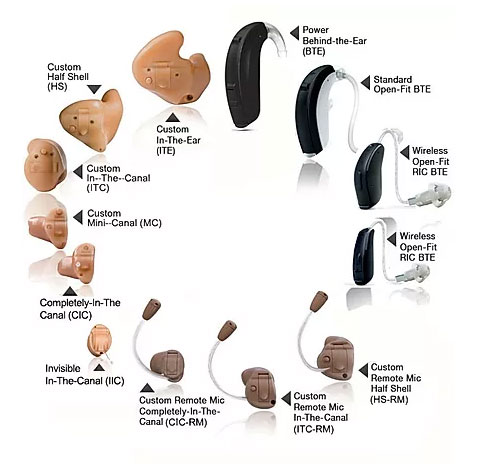
Which hearing aid style is right for you?
That all depends on the type and degree of hearing loss you are experiencing. Contact us today to schedule an appointment with one of our friendly Hearing Care Team to discuss what options are best for you.
The following are common hearing aid styles, beginning with the most commonly fit style working counter-clockwise around the image at the right to the smallest, least visible in the ear styles. While designers keep making smaller hearing aids to meet the demand for a hearing aid that is not very noticeable, smaller aids may not have the power needed to give you the improved hearing you may expect.
The following are common hearing aid styles, beginning with the most commonly fit style working counter-clockwise around the image at the right to the smallest, least visible in the ear styles. While designers keep making smaller hearing aids to meet the demand for a hearing aid that is not very noticeable, smaller aids may not have the power needed to give you the improved hearing you may expect.
Physical Examination of the Ears
The receiver-in-canal (RIC) and receiver-in-the-ear (RITE) styles are similar to a behind-the-ear hearing aid except the speaker (or receiver) is in the ear canal. A tiny wire, rather than tubing, connects the pieces. A receiver-in-canal hearing aid is typically less visible behind-the-ear.
Open Fit
An open-fit hearing aid is a variation of the behind-the-ear hearing aid with a thin tube. This style keeps the ear canal very open, allowing for low-frequency sounds to enter the ear naturally and for high-frequency sounds to be amplified through the hearing aid. This makes the style a good choice for people with mild to moderate hearing loss. An open-fit hearing aid is less visible, doesn’t plug the ear like the small in-the-canal hearing aids do, making your own voice sound better to you.
Behind the Ear
A behind-the-ear (BTE) hearing aid hooks over the top of your ear and rests behind the ear. A tube connects the hearing aid to a custom earpiece called an earmold that fits in your ear canal. This type is appropriate for people of all ages and those with almost any type of hearing loss. Behind-the-ear hearing aids traditionally have been the largest type of hearing aid, though some newer mini designs are streamlined and barely visible. They are capable of more amplification than are other styles.
In the Ear
An in-the-ear (ITE) hearing aid is custom made in two styles — one that fills most of the bowl-shaped area of your outer ear (full shell) and one that fills only the lower part (half shell). Both are helpful for people with mild to severe hearing loss. In-the-ear hearing aids may be easier to handle for people with dexterity issues and uses a larger battery for longer battery life.
In the Canal
An in-the-canal (ITC) hearing aid is custom molded and fits partly in the ear canal. This style can improve mild to moderate hearing loss in. An in-the-canal hearing aid is less visible in the ear than larger style.
Completely in the Canal (CIC) or Mini CIC
A completely-in-the-canal hearing aid is molded to fit inside your ear canal. It improves mild to moderate hearing loss in adults. A completely-in-the-canal hearing aid is the smallest and least visible type.
Invisible in the Canal (IIC)
Invisible In the canal hearing aids are the smallest hearing aids available.They are worn deep within the ear canal, ensuring only you know that you’re wearing them.The close placement to your eardrum ensures immediate sound travel and less ambient noise in loud environments. They are designed for daily removal, meaning wearers need to be comfortable inserting and removing the tiny device deep into their ear canal.
